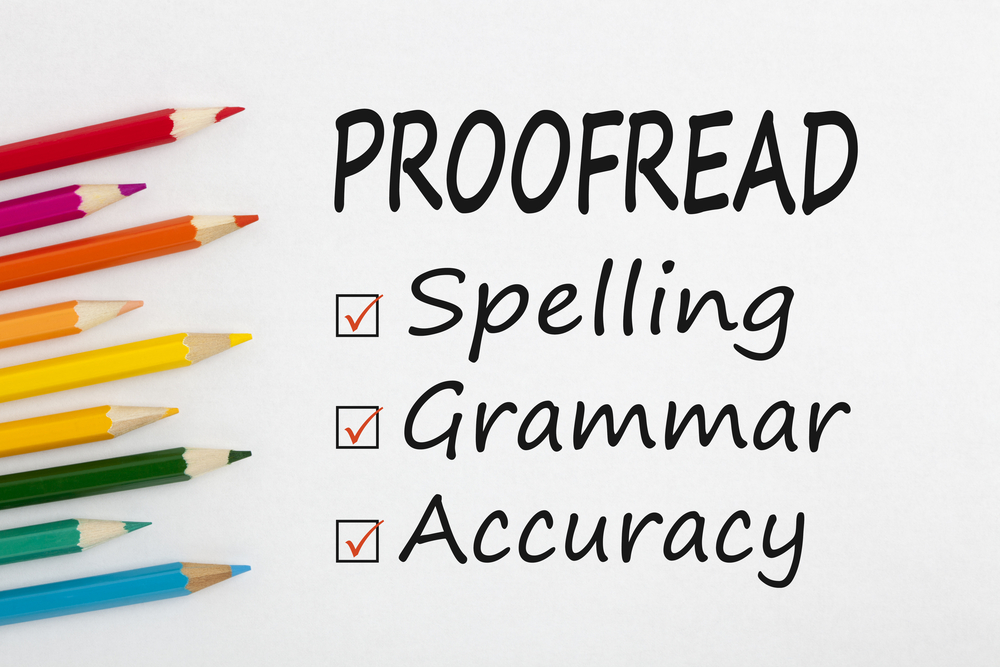Creating a yearbook is a labor of love, a compilation of cherished memories that will last a lifetime. To ensure your yearbook stands the test of time, it’s important to pay attention to the details. Editing and proofreading play a pivotal role in producing a polished and error-free yearbook that truly reflects the spirit of your school community. Let’s dive into the essential steps to make sure your yearbook is a masterpiece without a typo in sight.
1. Start Early:
Begin the editing and proofreading process well in advance. This allows sufficient time to review every page thoroughly and make necessary corrections. Starting early also reduces the chances of overlooking errors due to time constraints.
2. Create a Style Guide:
Establish a style guide that outlines the preferred writing style, grammar rules, and formatting conventions. Consistency is key in creating a school yearbook, and a style guide can serve as a reference for the entire editing team.
3. Collaborative Editing:
Enlist a “team” of editors rather than relying solely on one set of eyes. Different editors bring diverse perspectives, increasing the likelihood of catching errors. Assign specific sections or pages to each editor to streamline the process.
4. Check for Consistency:
Ensure consistency in spelling, capitalization, and punctuation throughout the yearbook. Consistent formatting creates a cohesive and visually appealing final product.
5. Verify Names and Details:
Double-check the spelling of names, event details, and captions. Accuracy is paramount when immortalizing the memories of the school year. Cross-reference names with official records to minimize errors. Enlist the help of classroom teachers and specialty teachers who are familiar with the names of students.
6. Review Captions and Headlines:
Captions and headlines are the “storytellers” of your yearbook. Review them carefully to ensure they accurately reflect the events and convey the intended message. Check for grammatical correctness and clarity.
7. Utilize Proofreading Tools:
Leverage proofreading tools and software to catch spelling and grammar errors. While these tools are helpful, they should complement, not replace, manual editing. Human editors bring an understanding of context that automated tools may miss.
8. Print a Sample:
Before finalizing the yearbook, print a sample copy for a physical review, if possible. Seeing the pages in print often reveals errors that might go unnoticed on a screen. Encourage your editing team to review the printed sample thoroughly.
9. Seek External Feedback:
Obtain feedback from individuals who were not directly involved in the editing process. Fresh eyes may spot errors or suggest improvements that the editing team might have overlooked.
10. Final Proofreading Round:
Conduct a final proofreading round just before sending the yearbook for printing. This last-minute check helps catch any lingering errors and ensures that your yearbook is flawless when it goes to press.
By following these essential steps in the editing and proofreading process, you can guarantee that your yearbook is a polished masterpiece, free of errors and ready to be treasured by students and families alike. Remember, your attention to detail is key when designing and creating a school yearbook.
Looking for a Yearbook Publisher? Get a FREE Quote Today!
At YearbookLife, we understand the importance of a perfect yearbook, and when you’re a customer, our team is here to support you throughout the entire process, from creation to printing. We offer quality school yearbooks, easy-to-use design software, fast delivery, and superior customer service – all at an affordable price! Click here, to get a FREE quote.

